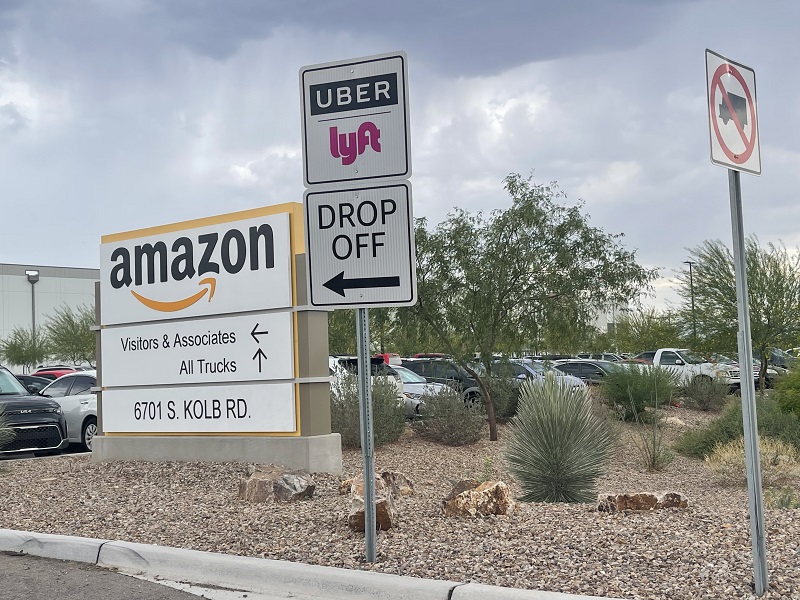The Regional Transportation Authority’s primary mission is to improve the greater Tucson region’s transportation infrastructure, and a lesser-known but adjacent goal is to pave the way for economic development.
The regional economic development goal in the RTA plan is echoed in the City of Tucson’s 2022 Comprehensive Economic Development Strategy, which identifies Transportation and Logistics as a target industry and one of the foundations for future economic growth. The regional transportation infrastructure is an invaluable asset in Tucson’s efforts to attract private capital investment and create quality jobs for our community.
In the past five years, employment grew by 172%, making Transportation and Logistics Tucson’s fastest-growing industry cluster. Many recent RTA projects in the city demonstrate how the RTA and City of Tucson partnership enhances economic development.
Consider the 3.9-mile modern streetcar system between the University of Arizona and the west end of downtown Tucson. The RTA and Tucson have invested more than $196 million in Sun Link construction and operations. According to data compiled by the City of Tucson Department of Transportation and Mobility, this project has spurred more than $3 billion in private sector capital investment along the Sun Link route since the service launched in 2014.
The RTA’s roadway projects also have facilitated private sector capital investment, said Kevin Burke, Deputy Director for the City of Tucson’s Office of Economic Initiatives. One example is commercial and industrial development near the intersection of Kolb and Valencia roads.
The construction of the southeast side intersection, one of the busiest in the region, was funded as part of the RTA’s 20-year regional transportation plan. Voter-approved, tax-funded improvements included a parkway at-grade intersection featuring on-ramps in place of left turn lanes, as well as indirect left turns to increase capacity and enhance safety. Improvements, which were completed in 2019, extend one mile east and west of Kolb Road.
The infrastructure improvements at Kolb and Valencia have attracted large-scale projects to undeveloped infill parcels already within the city limits, and economic activity around the intersection has increased significantly since the roadway project was completed, Burke said.
Amazon, which now employs several thousand employees in the Tucson metro area, opened the TUS2 Fulfillment center, its largest facility in the region, on South Kolb Road, south of East Valencia Road, shortly after the intersection opened.
Becton, Dickinson and Co., a Fortune 500 medical products and equipment company, intends to invest nearly $65 million to construct a new, approximately 200,000-square-foot medical device sterilization facility at the north east corner of Kolb and Valencia. Sun Corridor, Inc. projects the company will generate a $122 million economic impact in a decade.
The Port of Tucson, a full-service inland port, rail yard, and intermodal facility, is located just south of the Kolb and Valencia intersection. Covering more than 700 acres, the Port of Tucson contains more than 1.7 million square feet of manufacturing, warehouse, and distribution space, and continues to expand to meet demand for transportation and logistics facilities in Tucson.
Other adjacent properties are currently entitled for commercial and industrial development, and are attracting interest from companies seeking to locate in Tucson, as well as from the real estate development community, which has recently demonstrated a greater appetite for speculative commercial development in the region, Burke said.
